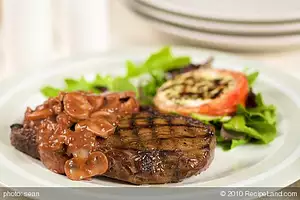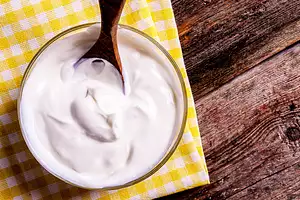Do you dream of serving your family the perfect Thanksgiving turkey - golden, moist, and delicious? Have your previous turkeys been dry or tough? Do you know how long you should cook your turkey and what temperature it should reach to be safe?
Keep reading to learn the common mistakes at-home chefs make as they prepare this Thanksgiving staple and how you can avoid making them too!
1. Thawing the Turkey. This is a problem area for a few reasons. You need to be sure that you plan enough time for the turkey to thaw fully before cooking and it needs to thaw at the appropriate temperature. The amount of time your turkey needs to thaw depends on its size. If you are thawing your turkey in the refrigerator, plan for it to thaw at 4 pounds per day. A 16 pound turkey would take approximately 4 days to fully thaw. Do not thaw your turkey on the counter at room temperature. This leads to the cultivation of bacteria. The Center for Disease Control and Prevention (CDC) recommends three ways to thaw your turkey: in the refrigerator, in cold water, or in the microwave. Plan to cook your turkey immediately after it is fully thawed.
2. Crockpot Cooking. It is unsafe to cook a whole turkey in a crockpot. The low cooking temperatures that make the crockpot convenient also keep the cavity of the turkey at the perfect temperature for cultivating bacteria.
3. Bagging It. As you prepare your turkey, only use bags that are made specifically for oven roasting a turkey. Using other types of bags to roast your turkey in, brown paper bags for example, is unsafe because chemicals have been used in the manufacturing of these bags. These chemicals will seep into your turkey as the bag is heated. The same holds true for marinating your turkey. Do not use a garbage bag to store your turkey as it marinates. These bags also contain chemicals that can seep into your turkey.
4. Low and Slow. Many classic turkey recipes recommend roasting the turkey overnight between 200 and 250 degrees F. The minimum safe temperature for turkey roasting recommended by the CDC is 325 degrees F. Cooking the turkey at such low temperatures for a long time encourages the growth of dangerous bacteria.
5. Stuffing the Turkey. Many of us grew up eating stuffing that had baked inside of the turkey as it roasted. Unfortunately, this commonly ends in stuffing that is contaminated with bacteria. In order to be safe, the center of the stuffing within the turkey cavity must reach 165 degrees F. Even then, the bacteria have spent enough time in the stuffing to contaminate it. Avoid the whole problem by baking your stuffing outside of the turkey in a casserole dish or save oven space and prepare it on the stovetop.
6. Perfect Skin. Start by making sure that the skin of your turkey is dry before you season it. Once you notice that the skin of your turkey has reached the perfect golden color, tent it with aluminum foil. This will preserve that beautiful shade and prevent it from getting too dark.
7. Bland Turkey. Remember to use salt and pepper inside the cavity of the bird and outside on the skin. Place lots of aromatic vegetables inside of the turkey like onion, garlic, carrot, and celery. This will give your turkey and pan drippings a delectable flavor!
8. Make Friends with the Meat Thermometer. While meat thermometers can be intimidating, they really are the best way to be certain that your turkey is perfectly cooked and bacteria free. The CDC recommends using a meat thermometer to check your turkey in three locations: the meaty portion of the breast, the thigh, and the wing joint. The internal temperature of the turkey must be at least 165 degrees F to be safe.
9. Don’t Rush It. Once your turkey is perfectly roasted, allow it to rest before carving it. Allow 20-30 minutes of resting time. The delicious juices you have developed will redistribute and absorb back into the turkey meat, instead of running all over your carving board!
https://www.cdc.gov/features/turkeytime/










Comments